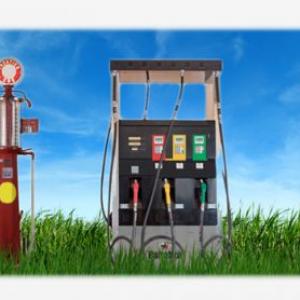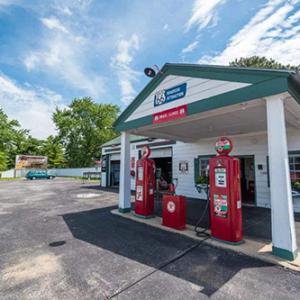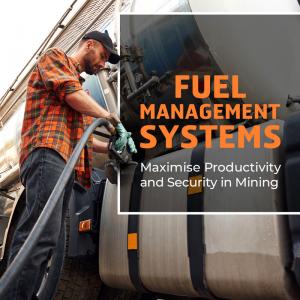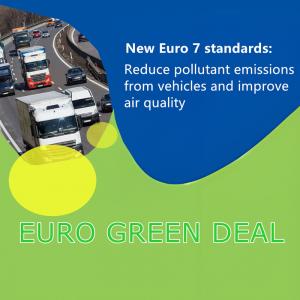Differences Between Aircraft Refuellers and Marine Fuel Transfer Pumps
The Differences Between Aircraft Refuellers and Marine Fuel Transfer Pumps
In the global economy, the safe and efficient transfer of fuel is a critical operation for both aviation and marine industries. While both sectors rely on specialized Liquid Handling Equipment to move petroleum products, the equipment, processes, and safety protocols for each are vastly different. An aircraft refueller and a marine fuel transfer pump may share the fundamental purpose of moving fuel, but they are a world apart in design, operation, and the environments they are built to endure.
The Equipment: Form and Function
At first glance, the most obvious difference lies in the equipment itself. An aircraft refueller is a highly specialized vehicle, a self-contained unit often resembling a tanker truck, equipped with pumps, filters, and hoses. Its design is a marvel of precision engineering, built for the controlled, predictable environment of an airport tarmac. These vehicles are engineered for rapid, high-volume pressure refueling, a method that allows large commercial jets to be fueled in a matter of minutes, minimizing ground time and maximizing efficiency. They are integrated with a complex set of safety features, including interlocks that prevent fuel transfer until all connections are securely made and the vehicle is properly bonded to the aircraft to prevent static discharge.
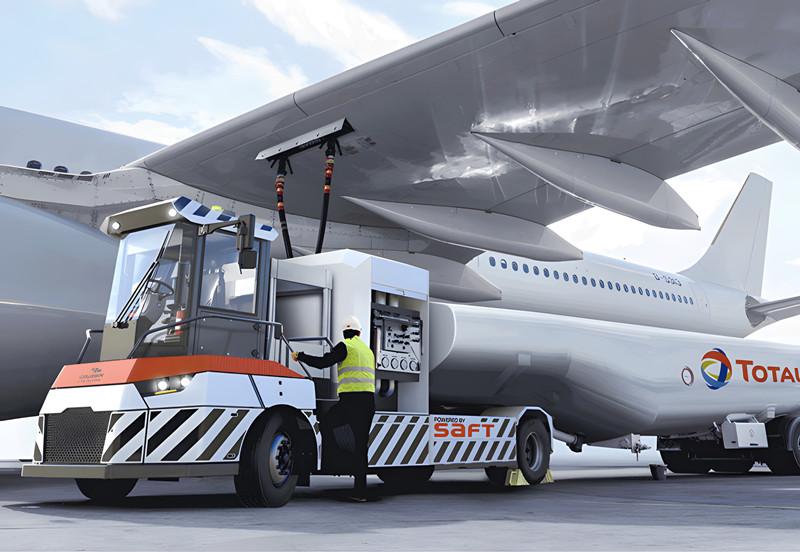
In contrast, a marine fuel transfer pump is a component within a broader system. It is a workhorse, a robust and durable piece of machinery designed to move fuel from a larger storage vessel—such as a Diesel Fuel Tank on a fueling barge or a shore-based Gas Storage Tank—to a boat's marine petrol tanks. Unlike the mobile, all-in-one refueller, the marine pump is typically a fixed or semi-fixed unit on a dock, pier, or a dedicated bunkering vessel. Its design prioritizes durability and resilience against the harsh elements, with corrosion-resistant materials and waterproof housings to protect its motor and components from salt spray and moisture. The focus here is not on speed in the same way as aviation, but on reliability and the ability to operate safely in a less-than-ideal environment.
Environmental and Operational Challenges
The operating environment is arguably the single most significant factor dictating the differences in equipment design. The airport is a stable, paved, and heavily regulated space. While weather conditions like rain or extreme temperatures must be accounted for, the ground itself is solid and flat. The primary operational challenge is speed and precision to meet tight flight schedules. Aircraft refuellers are therefore optimized for swift, automated processes, with sophisticated onboard computers and sensors to monitor flow rates and volumes with extreme accuracy.
The marine environment, however, presents a spectrum of unpredictable challenges. Fuel dispensers designed to handle the harsh marine environment and weather must be able to withstand everything from constant exposure to saltwater to the motion of a swaying vessel. Pumps and hoses must accommodate the rise and fall of tides, and the entire system must be robust enough to handle the stresses of connecting a fuel hose to a boat that may not be perfectly still. The risk of fuel spillage is magnified by the potential for environmental damage to delicate aquatic ecosystems, making spill containment a paramount concern.
Fuel Storage and Types
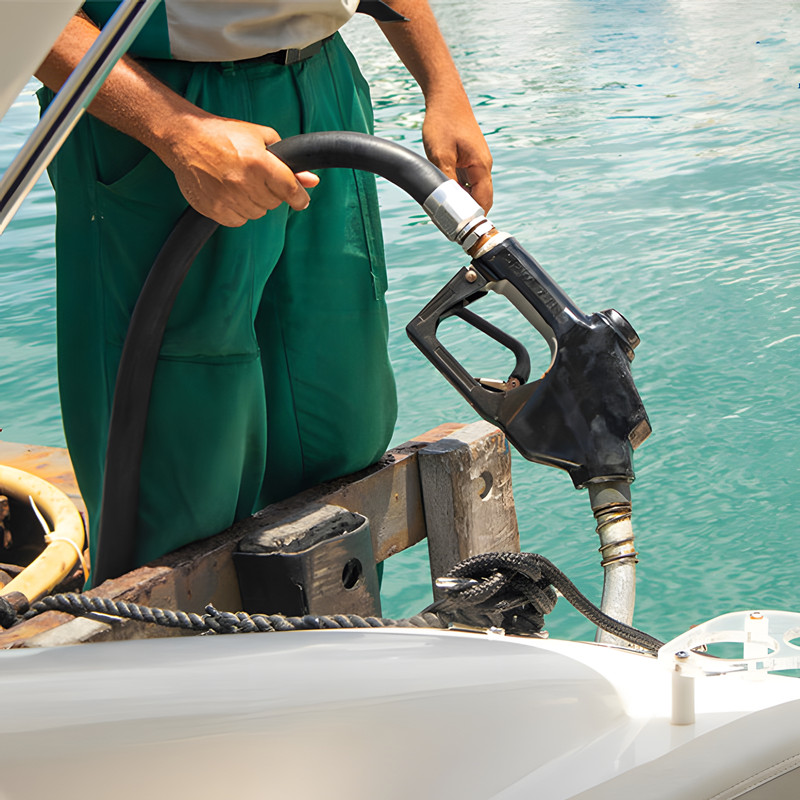
The type of fuel handled also presents a clear distinction. Aviation typically uses highly refined jet kerosene, a single, standardized fuel type (Jet A-1) with a very high flash point and a strict quality control regime to prevent water contamination and particulate matter. The refueling process is designed to maintain this high level of purity, with multiple stages of filtration built into the aircraft refueller. Fuel is stored in large, dedicated Gas Storage Tanks on or near the airport, and every step of the transfer is meticulously logged and tested.
Marine fuels, on the other hand, are far more diverse. From marine petrol tanks on smaller pleasure boats to the heavy fuel oil (HFO) or even alternative fuels like LNG used by large cargo ships, the chemical properties and handling requirements vary dramatically. A Diesel Fuel Tank on a coastal fueling station serves a different purpose than the fuel tanks of an international cargo ship. This diversity means that marine fuel transfer pumps and associated systems must be more adaptable and capable of handling different viscosities and densities. The fuel hose marine used for heavy fuel oil, for instance, requires a much higher temperature resistance and durability than a hose used for a small pleasure craft's gasoline tank.
Safety and Regulatory Frameworks
Safety is a top priority in both industries, but the protocols and regulations are tailored to address distinct risks. In aviation, the primary safety concerns revolve around static electricity and the prevention of sparks that could ignite volatile fuel vapors. Aircraft refuellers and their operators adhere to a strict set of procedures, including ensuring proper grounding and maintaining an exclusion zone around the aircraft. The consequences of a fueling accident could be catastrophic, not only for the aircraft and personnel but for the entire airport.
Marine refueling, particularly the safe refueling practice for boats, focuses heavily on preventing spills. The environmental damage from a single gallon of fuel can be significant. Therefore, a key component of the process is spill containment, often involving absorbent materials and physical barriers like booms. Regulations such as the International Maritime Organization (IMO) mandates and local port authority rules govern every aspect of the process, from pre-transfer checks to post-transfer reporting. Unlike aviation, which has a unified global safety standard, marine refueling can be subject to a complex web of international, national, and local regulations.
Supporting Infrastructure and Services
The support systems for each refueling method further highlight the differences. An airport's fueling infrastructure is an enormous, integrated system, often featuring vast underground pipeline networks that deliver fuel from central Gas Storage Tanks directly to the tarmac. Aircraft refuellers act as the final, mobile link in this chain. This complex system requires a specialized set of equipment and turn-key contracting services for storing and transferring petroleum products, from massive tank farms to intricate piping and filtration systems.
For the marine industry, infrastructure can range from simple dockside Fuel dispensers to large-scale offshore bunkering operations. A marine fuel transfer pump is a key component, but it's part of a less centralized and often more flexible network. The industry relies heavily on equipment and turn-key contracting services for storing and transferring petroleum products that can adapt to different locations and vessel sizes. This flexibility is also reflected in the fuel hose marine, which must be durable and versatile enough to connect to a wide variety of boat types and fuel inlets.
Conclusion: A Shared Goal with Divergent Paths
While both an aircraft refueller and a marine fuel transfer pump are essential pieces of Liquid Handling Equipment, their operational worlds are a study in contrast. The former is a high-precision, high-speed, and technologically advanced vehicle operating in a controlled environment, designed to maintain the purity and integrity of a standardized fuel. The latter is a robust, durable component built to withstand the caprice of the sea, handling a wide range of fuels under a regulatory framework focused on environmental protection.
Both industries share the fundamental goal of safely and efficiently delivering fuel. However, their divergent paths reflect the unique demands of flight versus navigation, highlighting how engineering and operational protocols must be finely tuned to their specific environments.



